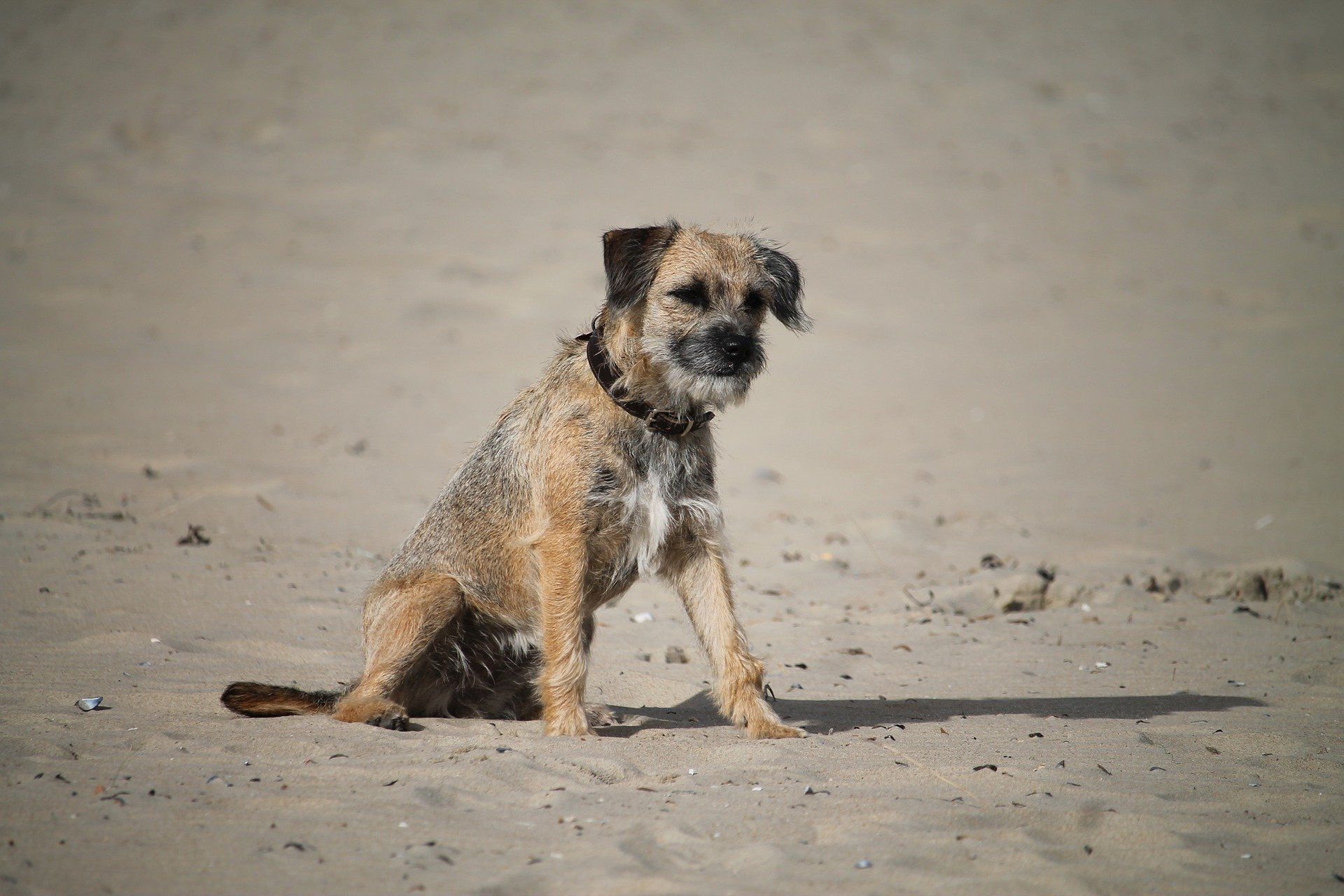Border Terrier: A Cheerful, Unusually Cooperative Terrier
Originally used for hunting foxes and rats, the Border Terrier still excels in trials but is also a highly popular pet

Originally used for hunting foxes and rats, the Border Terrier still excels in trials but is also a highly popular pet. Its temperament, which is unusually cooperative for a terrier, makes it more tolerant of small children and other dogs. The protective wiry coat is easily stripped in summer.
Table of Contents
Origin
UK
Grouping
Terrier
Tough, fearless, self-confident, energetic—a terrier can claim all of these descriptions, and more. The terrier group takes its name from the Latin word terra (earth), referring to the original use of various types of small dog as hunters of underground-dwelling vermin, such as rats. However, some modern terriers are large dogs, bred for different purposes.
Breed History
The name “border” arises from the breed’s region of origin, along the border between England and Scotland. They are one of the oldest British terrier breeds, pictured in artwork dating back as far as the year 1869.
First AKC registrations occurred in the year 1930.
Physical Characteristics
Height at Withers
10-11” (25.5-28 cm).
Weight
Females 11.5-14 lb (5-6 kg), males 13-15.5 lb (6-7 kg).
Coat
The double coat consists of a short dense undercoat and a close, straight wiry topcoat that may have some gaps. Colors accepted include wheaten, red, grizzle and tan, and blue and tan. White is only allowed in a small chest marking. Moderate shedding tendency, and requires stripping twice a year and weekly grooming.
Longevity
13-15 years
Points of Conformation
Medium in size, the Border Terrier possesses a head described as being like an otter, and the narrow, long body is built to accommodate going to earth, or following the quarry (fox, badger) into the den, but at the same time, his long legs allow him to keep up to horses.
The so-called otter head is curved at the stop, eyes are hazel, moderately set apart and moderately sized. The ears are triangular, small, and the leather is moderately thick. They have a wide skull, dark short blocky muzzle and the nose is large and black. The neck is medium in length and muscling; not throaty.
The back is level, ribs are flat, and the thorax deep; and stays deep to the back of the chest. The abdomen is not tucked up. The tail is short and tapers from a thick base to end above the tarsus when resting; it is carried high when alert.
Limbs are straight boned, feet compact with moderate arch of toes, and the pads thick. The gait is fast, long and smooth.
Breed Behaviour and Traits
- Friendly, good family dog.
- High trainability
- Good natured
- High energy and activity levels, and game in the field when hunting (showing perseverance, tenacity, courageous).
- Should not be off leash unless in a fenced enclosure.
- May exhibit inter-male aggression but considered less scrappy than most other terriers.
- Introduce early to children and cats. The Border Terrier will view small pets as prey.
- Good alarm barkers but may bark excessively, chew, or dig if bored.
- Likes close human contact.
- Adaptable to city or country living